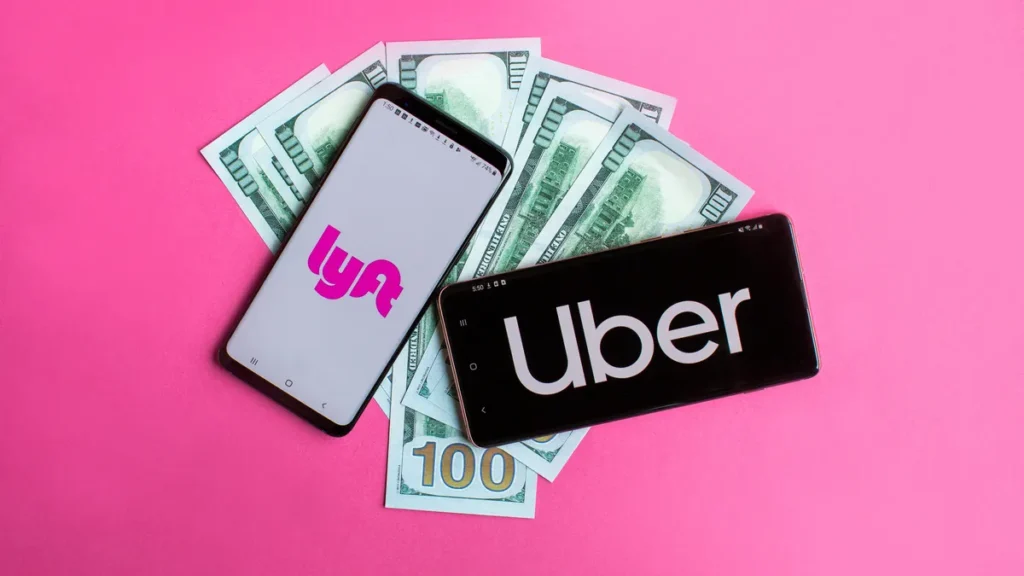
Being a successful rideshare or delivery driver isn’t just about being on the road — it’s about driving smart. Every trip you accept affects your bottom line, and in 2025’s gig economy, only the savviest drivers are making real money.
In this post, we’ll break down how to maximize your rideshare and delivery earnings by learning to filter offers based on mileage, time, neighborhoods, and high-paying zones.
🚫 Not Every Trip Is Worth It
One of the biggest rookie mistakes is accepting every single ride or delivery. But here’s the truth:
Some trips will cost you more than they’re worth.
Long-distance, low-paying offers? Decline.
Short runs into bad neighborhoods? Maybe not.
Trips that take you far out of a busy area? Think twice.
Your goal isn’t just to stay busy — it’s to stay profitable.
📏 Use the Mileage-to-Pay Ratio (MPG Rule)
Always consider how many miles you’re driving vs how much you’re getting paid. A good rule of thumb:
Aim for at least $1.50–$2.00 per mile.
Examples:
- $15 for 10 miles? ✅ That’s decent.
- $6 for 10 miles? ❌ That’s a loss after gas and time.
🧠 Pro Tip: Track your mileage with apps like Gridwise, Stride, or Everlance. This helps with tax write-offs and profit tracking.
⏱️ Time Is Money — Literally
A ride may be short in distance but long in time. Consider:
- Traffic congestion
- School zones
- Construction areas
- Rush hour slowdowns
A 3-mile trip that takes 25 minutes because of traffic isn’t worth your time unless there’s a high payout.
Use the upfront time estimate on the app to judge if a trip is worth your time — not just your gas.
📍 Work in High-Demand Zones
Every city has hot zones where people request rides or deliveries more often — and where base pay, tips, and surge pricing go up.
High-paying areas include:
- Downtown during lunch or happy hour
- Near airports or train stations
- Hotels and event venues
- University campuses
- Wealthier neighborhoods (tip culture is stronger)
🧠 Pro Tip: Uber, DoorDash, and Lyft all show hot zones on the driver map. Stay close — but not in the middle where driver competition is thick.
🗺️ Know Which Neighborhoods to Avoid
Not all trips are equal — some neighborhoods:
- Have long wait times for return trips
- Offer poor tips
- Come with safety risks
- Are outside your city’s busy grid, leading to dead mileage
🛑 Example: A $12 trip to a rural area might seem good — until you drive 10 empty miles back into the city with no orders in between.
Make mental notes (or write them down) about what areas slow you down or lead to wasted time.
📲 Use Filters & Multi-App
Smart drivers use destination filters to:
- Stay in high-demand zones
- Avoid long out-of-the-way trips
- Control the direction they’re heading
And if things slow down on one app, flip to another. Multi-apping between Uber, DoorDash, Grubhub, or Lyft keeps you busy — and you can decline lowball offers more confidently.
💵 Stack Orders (the Right Way)
Stacked offers can double your earnings if they’re smartly grouped:
- Same restaurant pickups going the same direction = ✅
- Two deliveries in opposite directions = ❌
Some apps show stacked payouts with total mileage and ETA — take a second to calculate if the stack pays what it should.
🔋 Bonus Tip: Don’t Burn Out
Chasing every surge zone or jumping at every ping leads to mental burnout and car fatigue. Pick a strategy and stick to it:
- Focus on morning commuters?
- Weekend bar runs?
- Lunch rush with short deliveries?
Driving smarter = driving less for more.
🧠 Final Thoughts: Drive Like a Boss, Not a Bot
The best rideshare drivers in 2025 aren’t the ones who accept every order — they’re the ones who treat it like a business.
Learn your city, study your apps, and create a plan that works for you. Over time, you’ll develop an instinct for what offers are worth it — and you’ll watch your hourly earnings climb without grinding yourself into the ground.
Want more gig driver tips, maps, and daily strategies?
Subscribe to DashPimp.com for updates, real driver stories, and breakdowns of which apps and zones pay the best in your city.



